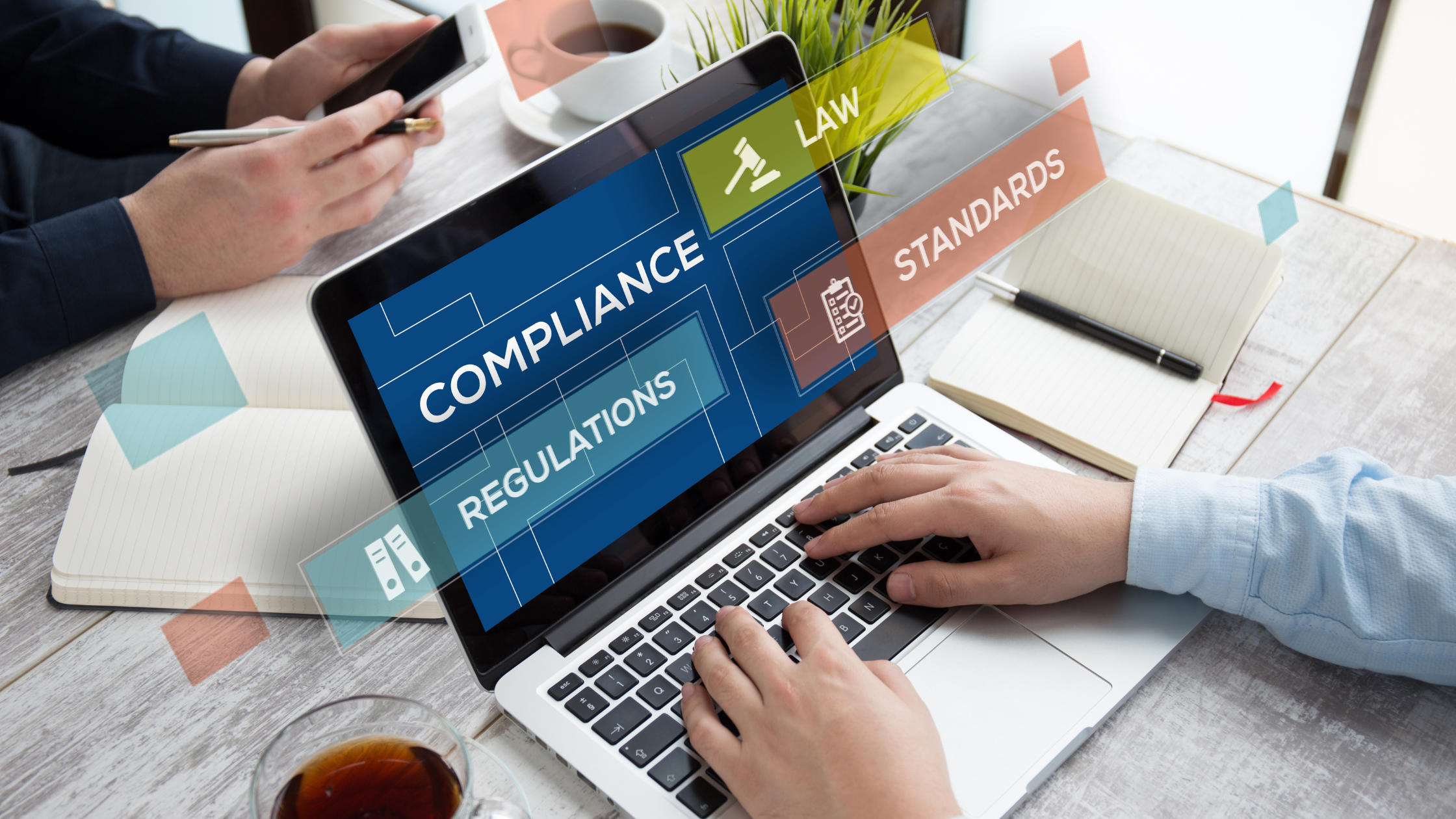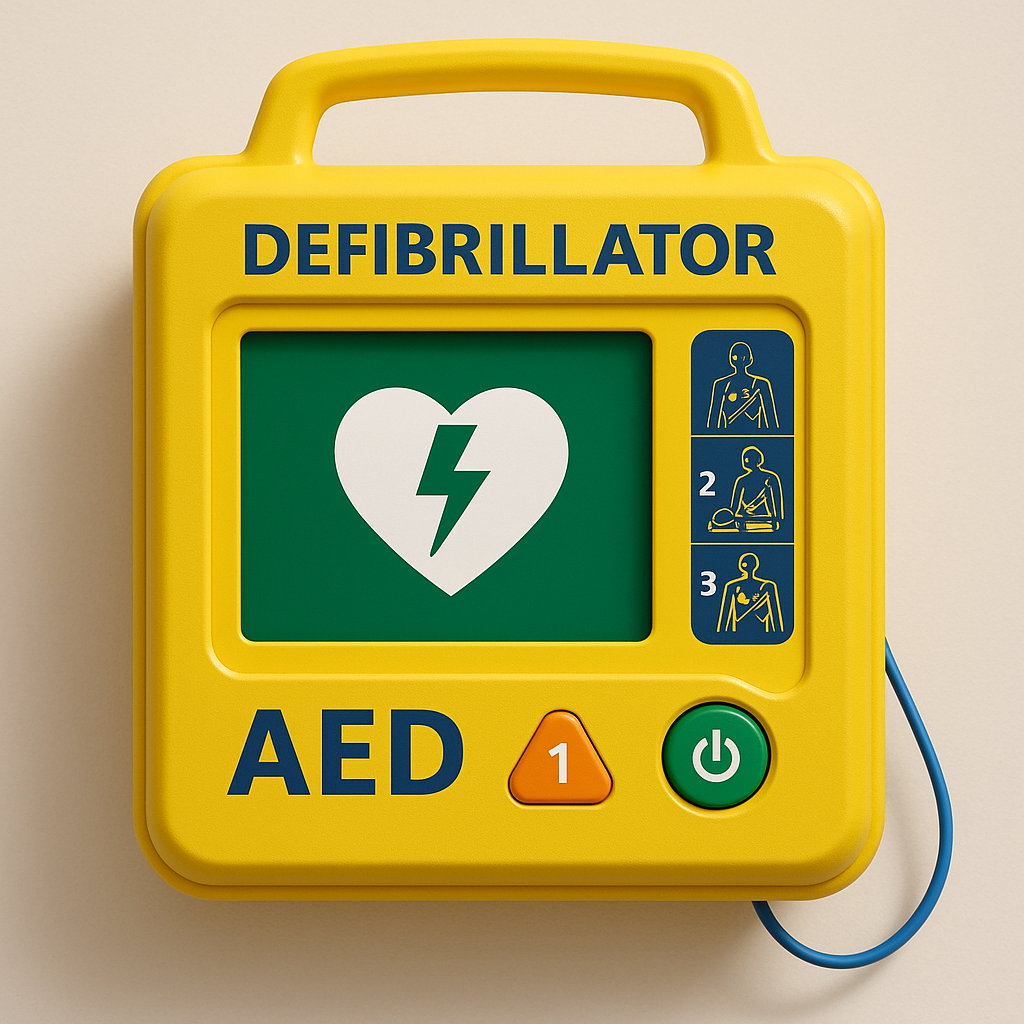Is Your Workplace First Aid Compliant? Here’s a Quick Checklist

Imagine someone in your office collapses due to a medical emergency. A moment of panic. You rush to the first aid kit — only to find it's missing essential items. Or worse, no one knows where it is. Would your workplace be ready?
First aid compliance isn’t just about ticking boxes — it’s about saving lives. But how can you be sure your workplace is truly prepared?
Here’s a simple, practical checklist to help you assess your compliance with Australian workplace first aid standards.
✅ 1. Do You Have a Fully Stocked First Aid Kit?
Easily accessible and clearly marked?
Suitable for the size and type of workplace?
Stocked with essential items like gloves, dressings, saline, resuscitation mask, etc.?
Regularly checked and restocked?
Includes any industry-specific items (e.g., eye wash stations, burn treatments)?
Tip: Check kits every 3 months and after any incident. Use a checklist to monitor expiry dates.
✅ 2. Are First Aid Officers Appointed and Trained?
Do you have enough trained First Aiders based on staff numbers and risk level?
Are their qualifications current (renewed every 3 years for first aid, CPR updated annually)?
Is their training nationally accredited (e.g., HLTAID011 Provide First Aid)?
Tip: Names and locations of First Aiders should be clearly displayed.
✅ 3. Is There a First Aid Procedure in Place?
Are emergency procedures documented and understood by staff?
Do all workers know how to respond to an incident?
Is there a clear process for recording injuries and incidents?
Tip: Review procedures annually and after any serious incident.
✅ 4. Is the Workplace Risk Assessed?
Have you identified specific risks (e.g., hazardous machinery, chemicals, remote work)?
Have you adjusted first aid provisions accordingly?
Example: High-risk environments like construction or kitchens may need additional kits, burns modules, or even a dedicated first aid room.
✅ 5. Is First Aid Easily Accessible to Everyone?
Are kits placed strategically across all work areas?
Do workers on all shifts have access to first aid resources and trained personnel?
Are remote or isolated workers provided with portable kits and communication tools?
Tip: Accessibility is a legal requirement under WHS laws. Don’t overlook out-of-office roles.
✅ 6. Are First Aid Facilities Adequate?
Is there a clean and private space for administering first aid?
For large or high-risk workplaces, is a dedicated first aid room provided?
Tip: First aid rooms should include a stretcher, sink, clean water supply, and signage.
Ready to Take Action?
First aid compliance isn’t a one-off task — it’s an ongoing commitment to workplace safety. Whether you're a business owner, manager, or health and safety representative, make it a priority.
👉 Need to train First Aiders or update your skills? Find an accredited Allens Training course near you at www.allenstraining.com.au or www.findtraining.com.au.
Based on guidelines from Safe Work Australia and Allens Training First Aid Manual (2023). Ensure you also consult your state or territory’s WHS regulator for specific requirements.

Nationally-Recognised
& Accredited Courses
- Popular Courses11 Courses
- First Aid Courses65 Courses
- Agriculture & Chemicals Courses1 Courses
- Anaphylaxis Training Courses5 Courses
- Chainsaw Training Courses6 Courses
- Construction, Industry and Resources Courses52 Courses
- White Card Courses7 Courses
- LVR Training Courses3 Courses
- Fire & Emergency Courses19 Courses
- Food Safety Courses4 Courses
- Health & Safety Courses11 Courses
- Health Care Setting Courses8 Courses
- Home & Community Care Courses9 Courses
- Online Courses24 Courses
- Qualifications3 Courses
- Specimen Collection Courses1 Courses
- Sport, Fitness and Recreation Courses17 Courses
- Wellbeing & Child Protection Courses7 Courses
- Pool Safety Inspector PD6 Courses
Share This Article:
Articles, Updates & Announcements
from Allen’s Training
Read More

Be the Key to Safer Pools: Professional Development for Licensed Pool Safety Inspectors
Continue Reading
How to Use an AED
Continue Reading
🌍 World First Aid Day – Would You Know What to Do in an Emergency?
You’re out shopping when someone collapses nearby. People freeze. A few gather. Time ticks by. Would you know what to do? On Saturday 13th September, we recognise World First Aid Day a global reminder that knowing first aid isn’t just a nice skill to have. It’s something that could save a life a friend’s, a stranger’s, or even your own. Emergencies don’t wait for professionals. In those first cruc...
Continue Reading